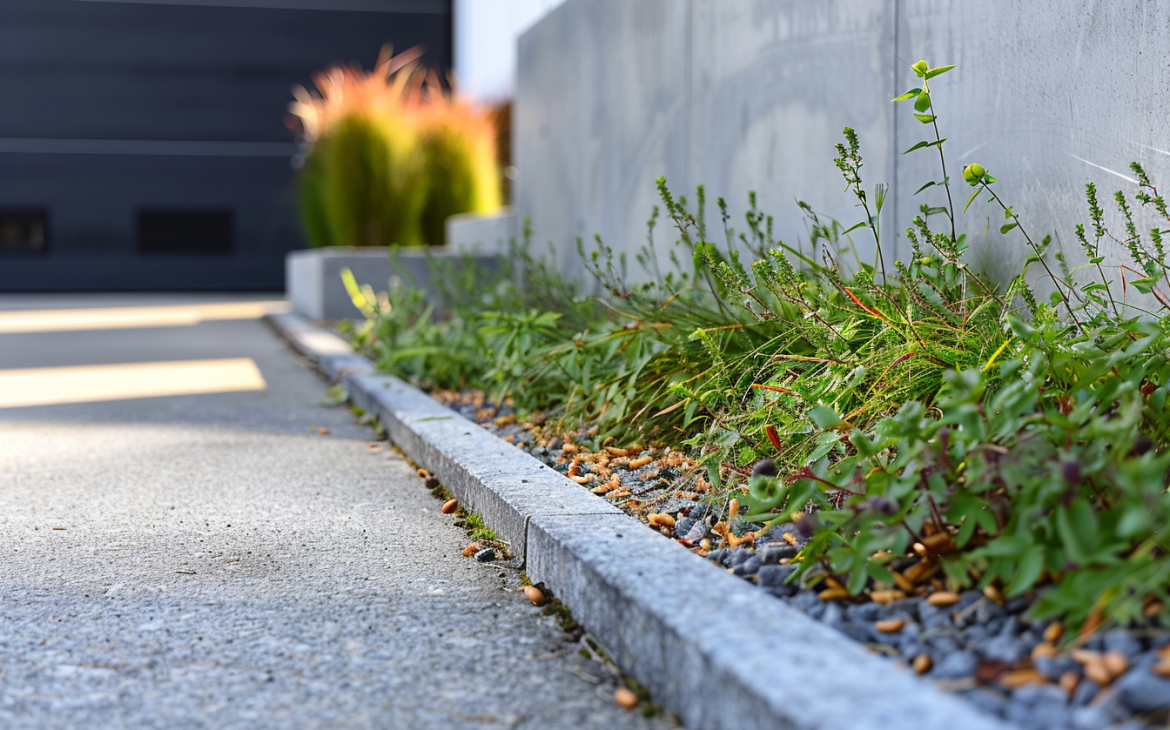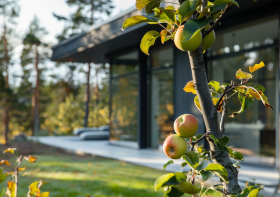Baking Soda: An Eco-Friendly Weed Killer—Tips and Techniques
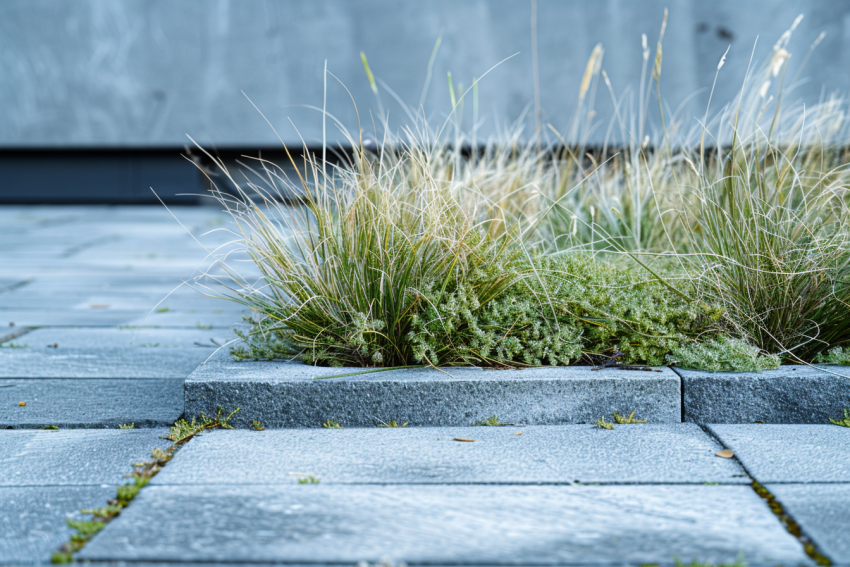
Baking soda, a versatile household staple, also doubles as an effective weed killer in specific scenarios. This readily available product can tackle smaller weed varieties and even help manage powdery mildew, which affects popular garden plants like roses and lilacs.
Understanding Baking Soda’s Effectiveness as a Weed Killer
Baking soda works as a potent herbicide because it contains salt, which dehydrates plants when used in sufficient quantities. For weeds, this means that they are unable to absorb water, leading to their ultimate demise.
Appropriate Uses for Baking Soda in Your Garden
Since baking soda is non-selective, it can harm small plants and grass along with the weeds. It’s best used in areas where you want to eliminate isolated weeds, such as between pavers, driveway edges, or sidewalk cracks, where it won’t affect other plants.
How to Apply Baking Soda for Weed Control
You can apply baking soda in two main ways:
- Direct Application: Simply sprinkle baking soda directly from the box onto the weeds, using about 1 teaspoon per weed. Moisten the weed leaves beforehand to ensure the baking soda adheres.
- Spray Solution: For a more targeted approach, dissolve baking soda in water and use a spray bottle for application. Mix 10 tablespoons of baking soda with a gallon of water, shake well to dissolve, and then spray directly onto the weeds. This method helps focus the treatment on unwanted plants without waste or drift.
Choose a sunny day for application to prevent rain from washing away the baking soda before it can work effectively.
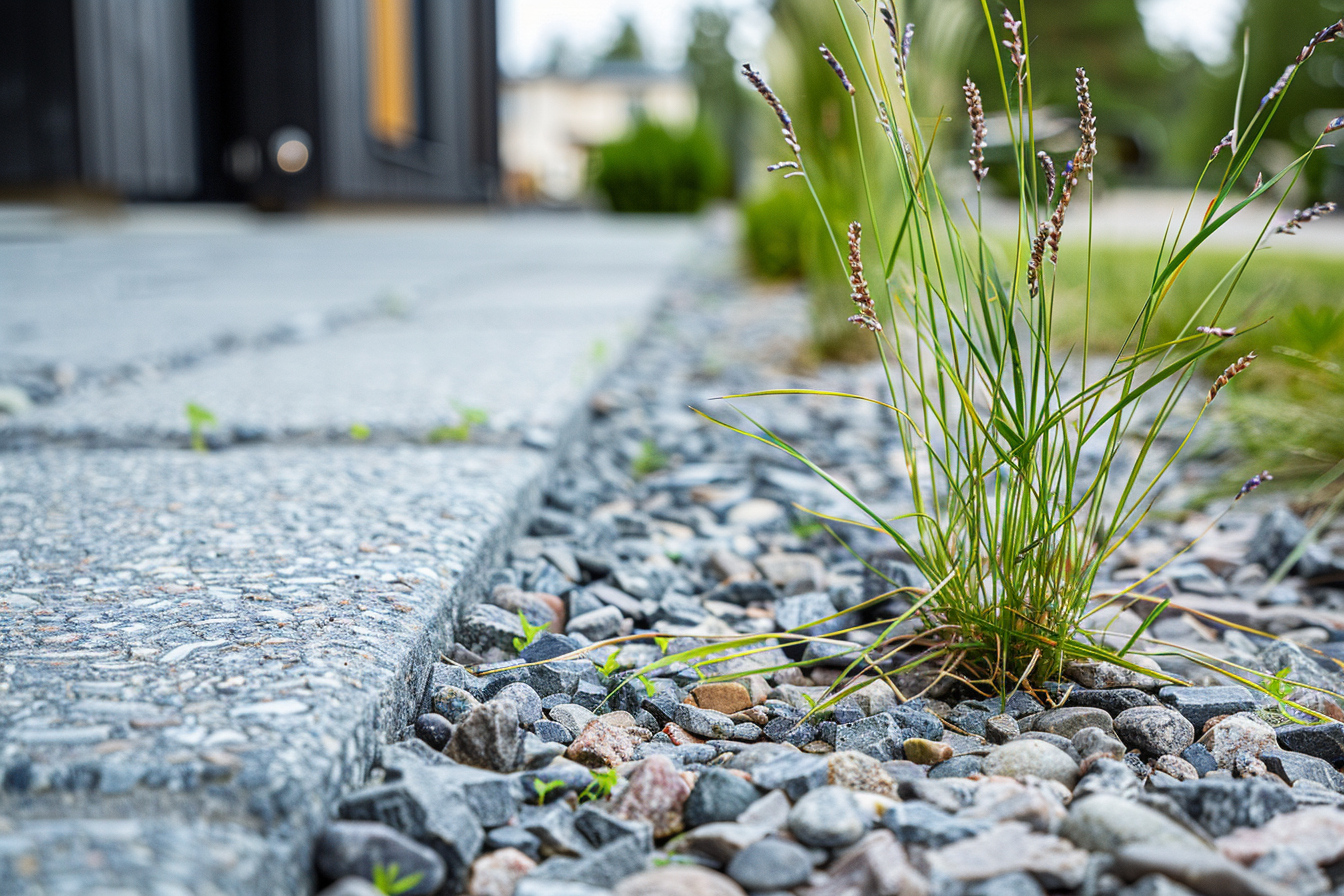
Additional Natural Weed Control Tips
Beyond baking soda, consider these natural methods for maintaining a weed-free garden:
- Vinegar as a Herbicide: Vinegar, especially varieties high in acetic acid, can effectively kill weeds but, like baking soda, it is non-selective.
- Boiling Water: The cheapest method, boiling water can be poured directly onto weeds, instantly killing them without leaving residues.
- Smothering Weeds: Use materials like black plastic or tarps to cover and kill weeds over time, suitable for areas overrun by aggressive weed species.
- Hand-Pulling: Sometimes the simplest methods are the most effective. Many gardeners find hand-pulling weeds both effective and surprisingly satisfying.
- Using Salt: A cheaper alternative to baking soda, salt can also be used to kill weeds, although care must be taken to avoid soil salinity issues.
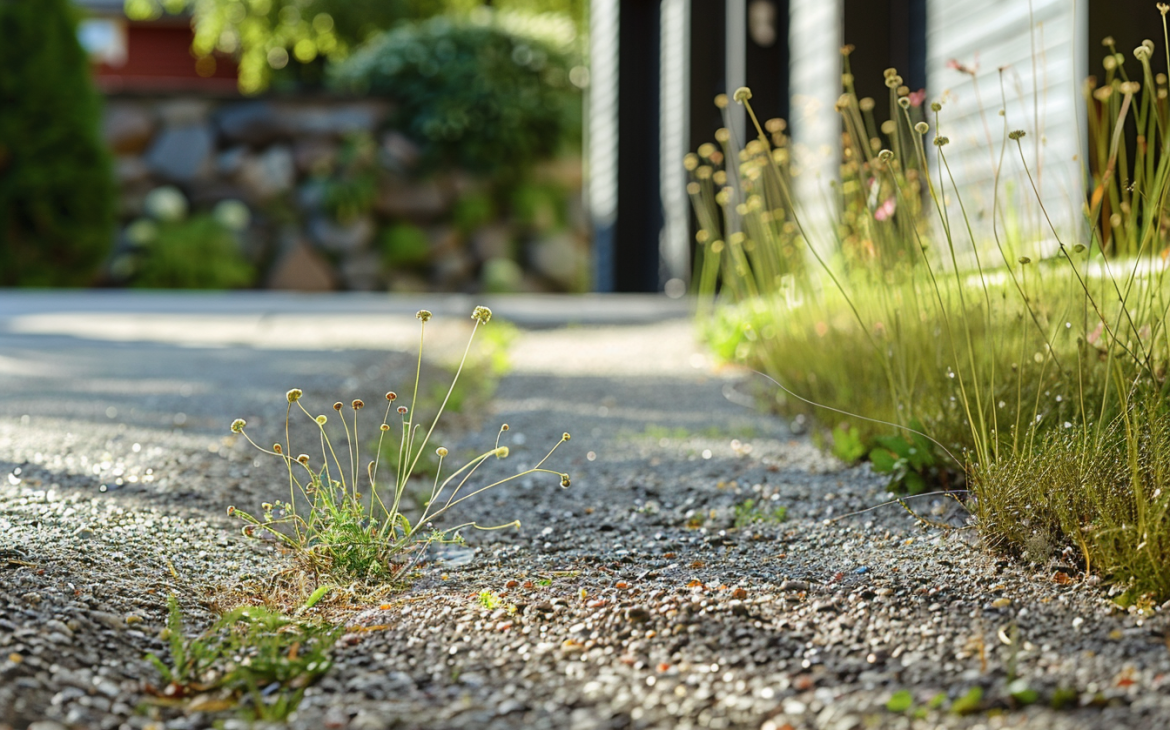
FAQ
- Does baking soda permanently kill weeds? Yes, it dehydrates them to the point where they cannot absorb necessary water, leading to permanent removal.
- Is baking soda safe for use between pavers? Absolutely, and it is one of the most recommended areas for its use since it won’t harm adjacent areas like lawns.
- Will baking soda harm my plants and grass? Yes, as a non-selective herbicide, it can kill plants and grass along with weeds. Use it carefully and only on the weeds you wish to eliminate.
Baking soda is more than just a kitchen staple—it’s a part of the eco-friendly gardener’s toolkit. With careful application, it can safely and effectively help you manage weeds in more isolated areas of your garden.
To deepen your understanding of crafting unique and personalized spaces, consider acquiring my book, Basics of interior design, available on Amazon. This guide offers a comprehensive exploration of various design principles tailored to distinct environments, providing you with the knowledge and inspiration needed to transform any space.
